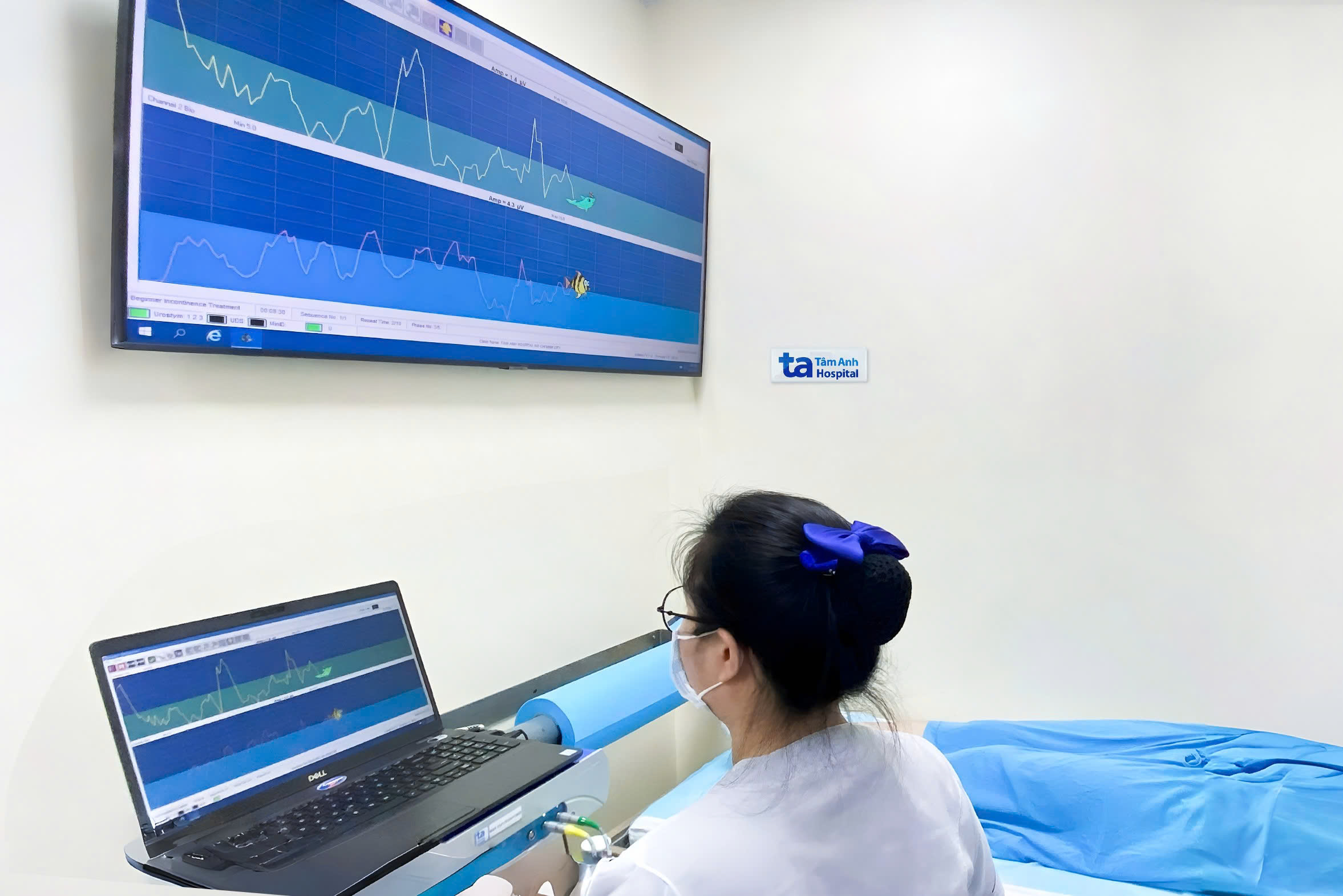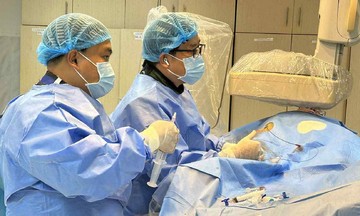Answer:
First-degree pelvic organ prolapse is a condition where the pelvic organs (uterus, bladder, rectum, anterior vaginal wall) have dropped slightly but remain inside the vagina, not protruding. This stage only causes mild, often unclear symptoms, so it is easily overlooked. Patients may feel pelvic heaviness, lower back pain, or a sensation of something in the vagina. The prolapse is caused by weakened pelvic floor muscles and supporting structures, often due to multiple births (especially vaginal deliveries), age, declining estrogen levels, increased abdominal pressure, or being overweight or obese.
Your first-degree prolapse is mild and can be effectively improved through lifestyle changes, such as avoiding heavy lifting, overexertion, or prolonged standing or squatting. You should eat a high-fiber diet to prevent constipation, lose weight if overweight or obese, and adopt conservative treatments like pelvic floor exercises.
Pelvic floor exercises require consistent practice for at least 4-6 weeks, or even 3-6 months, to improve prolapse symptoms. Exercising at a hospital is more effective due to the availability of pelvic floor machines, especially for beginners. You can exercise at home if you know the proper techniques.
 |
Pelvic floor exercises using electrical stimulation machines at the hospital help reduce prolapse symptoms. Photo: Tam Anh General Hospital |
Doctors guide patients through pelvic floor muscle contractions and relaxations, simultaneously monitoring signals on a screen to ensure proper execution. Machine-assisted exercises involve two phases: pelvic floor muscle contractions and electrical stimulation. Mild electrical currents continuously stimulate the vaginal or anal muscles, strengthening and toning the pelvic floor. This helps improve prolapse, prevent, and effectively treat postpartum urinary incontinence.
You can also practice some simple pelvic floor exercises at home:
: Kegel exercises: Contract your pelvic floor muscles for 5-10 seconds, then relax. Repeat 10-15 times per set, 3 times a day.
: Bridge exercises: Lie on your back with knees bent. Lift your hips off the ground, hold for a few seconds, then lower.
: Squats: Stand with feet shoulder-width apart. Slowly lower your body, keeping your back straight.
However, avoid overexertion or rushing the process. Postpartum women should only exercise after their bodies have recovered, as strenuous exercise or exercising too soon can increase postpartum bleeding. Before starting any exercise program, consult a doctor for personalized advice on your condition and the most suitable treatment. If you have time, consider visiting a hospital to use pelvic floor machines under the guidance of a doctor, and then continue practicing at home.
Dr. Nguyen Thi Hong Oanh, MD, PhD
Urogynecology Unit
Center for Urology - Nephrology - Andrology
Tam Anh General Clinic, District 7
| Readers can submit questions about urological diseases here for doctor's answers. |












